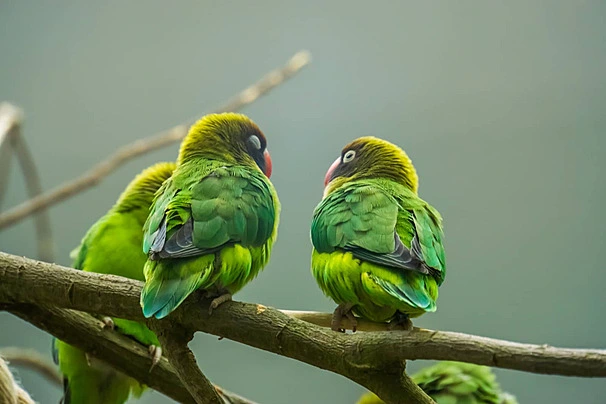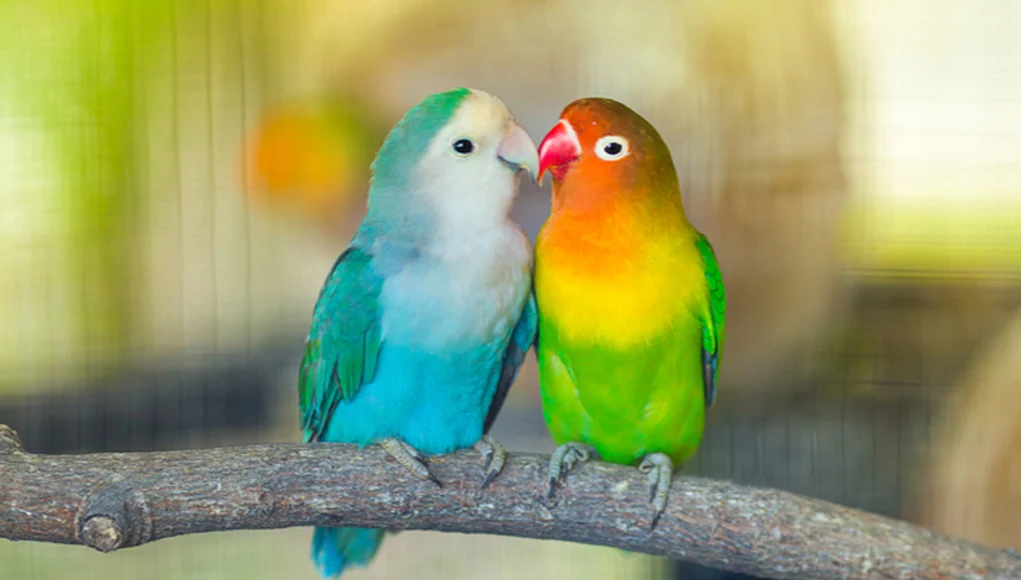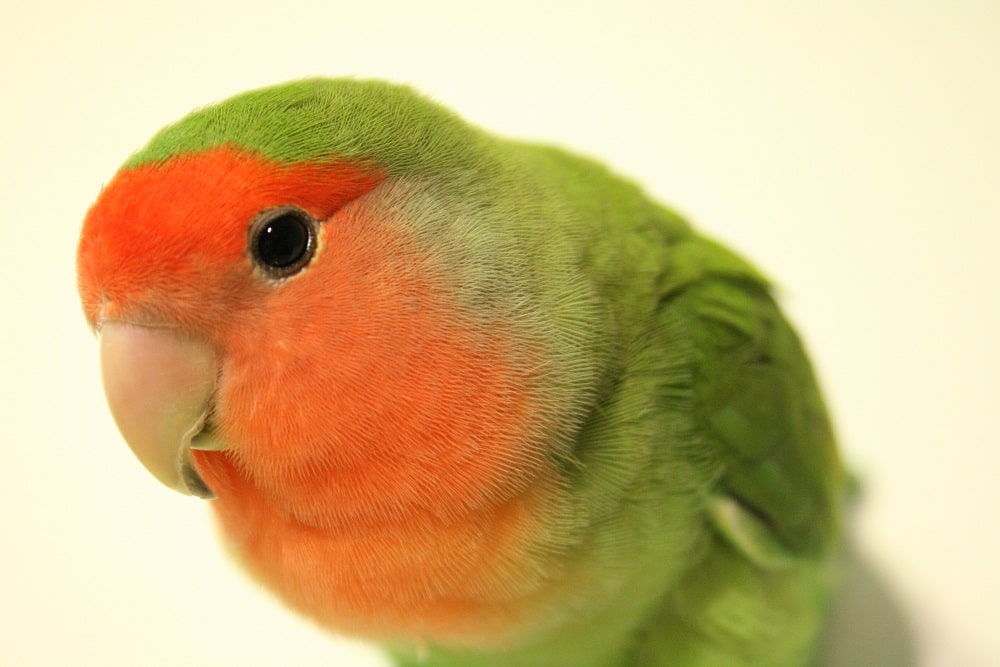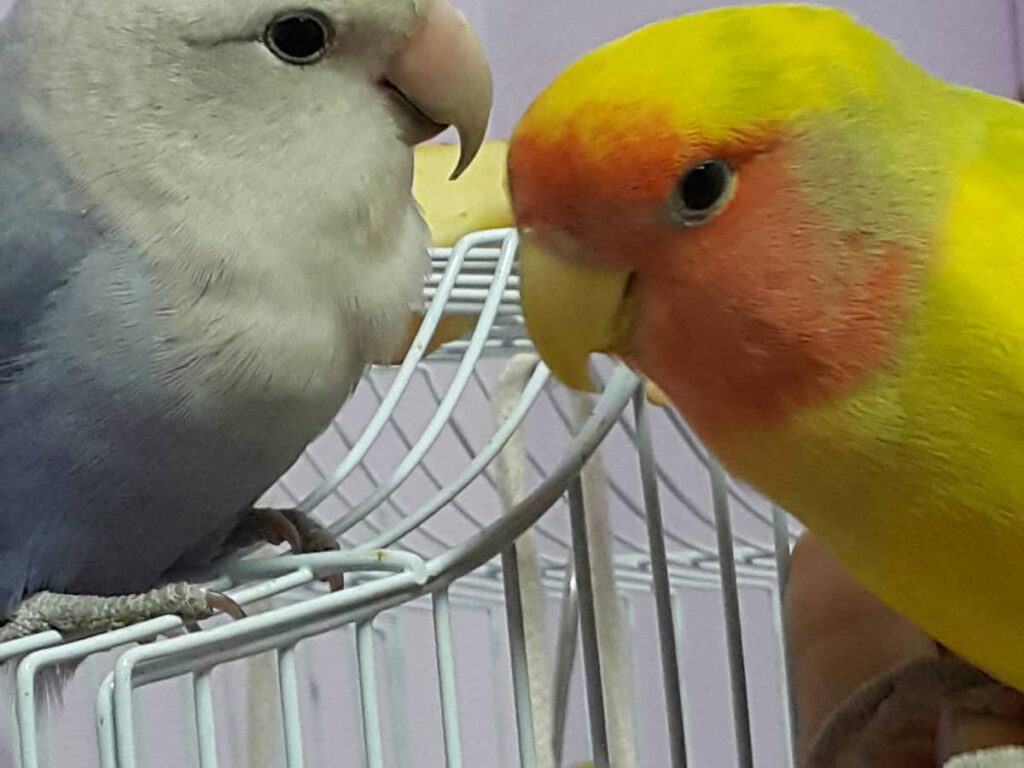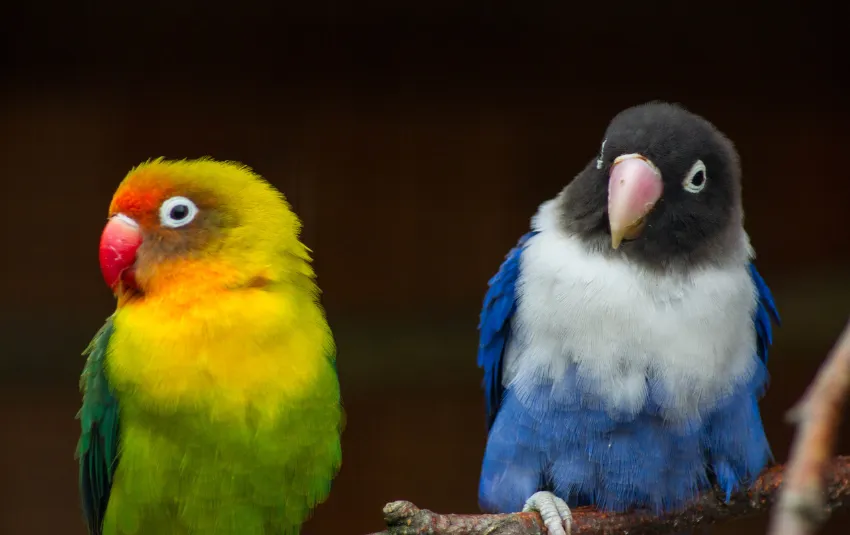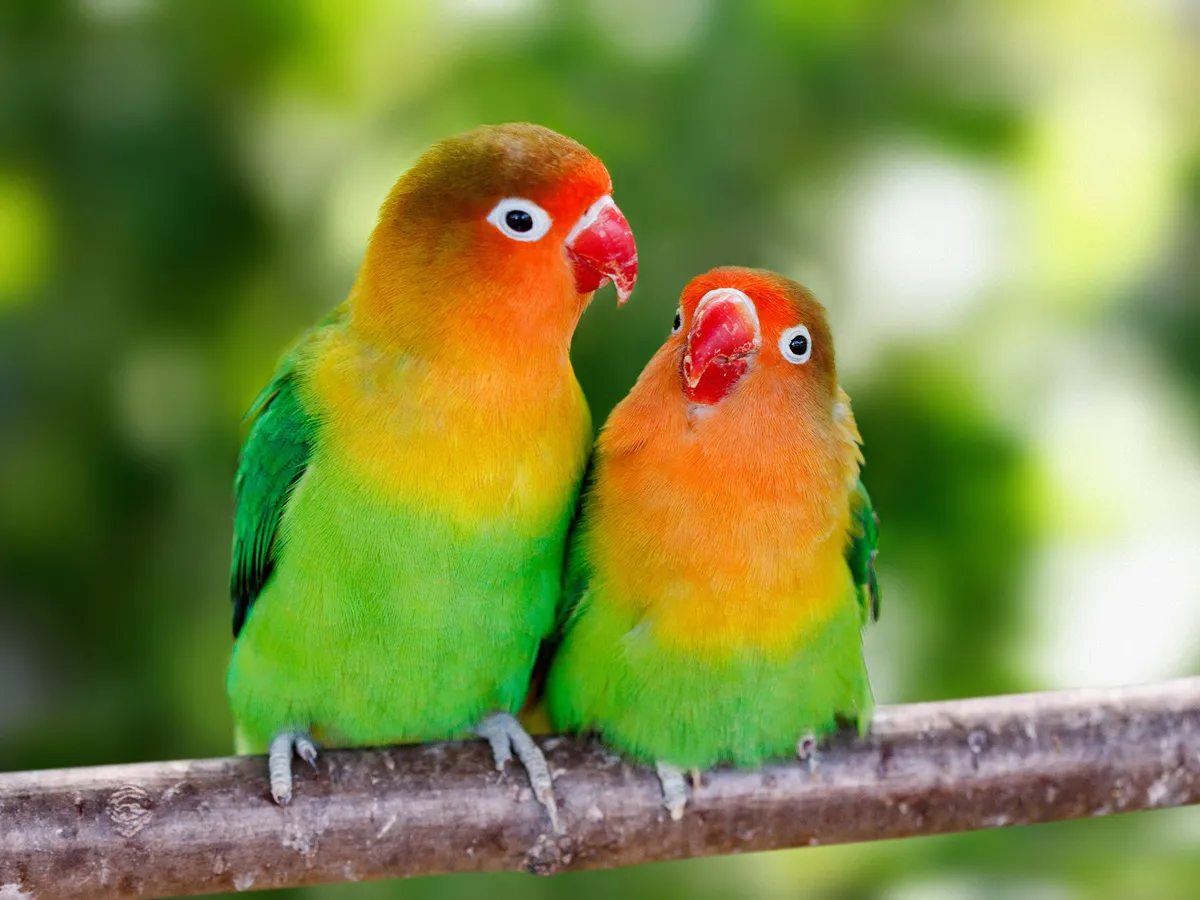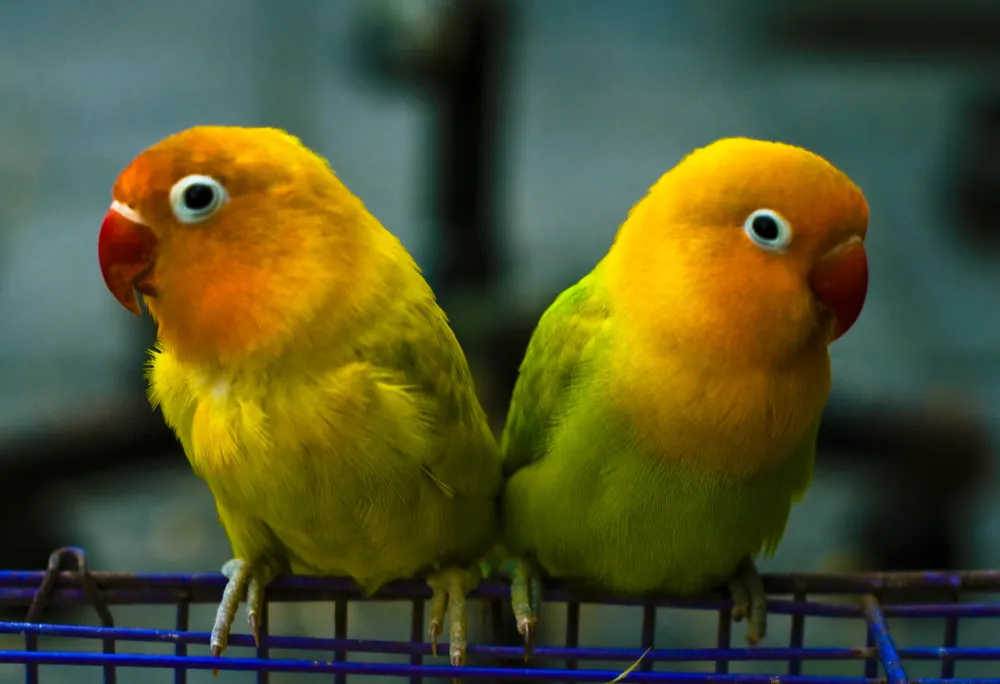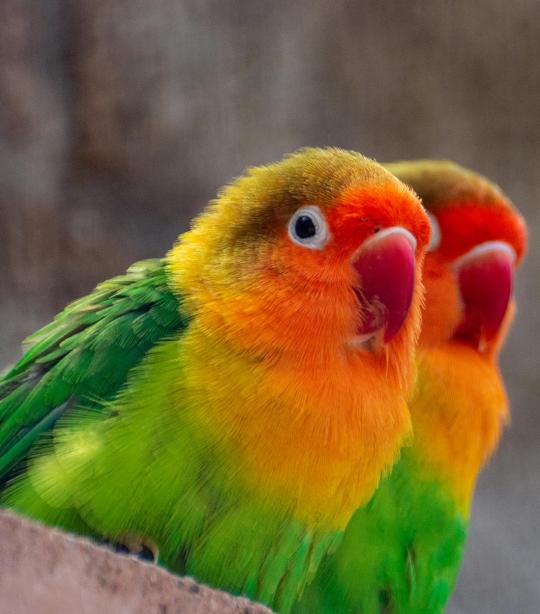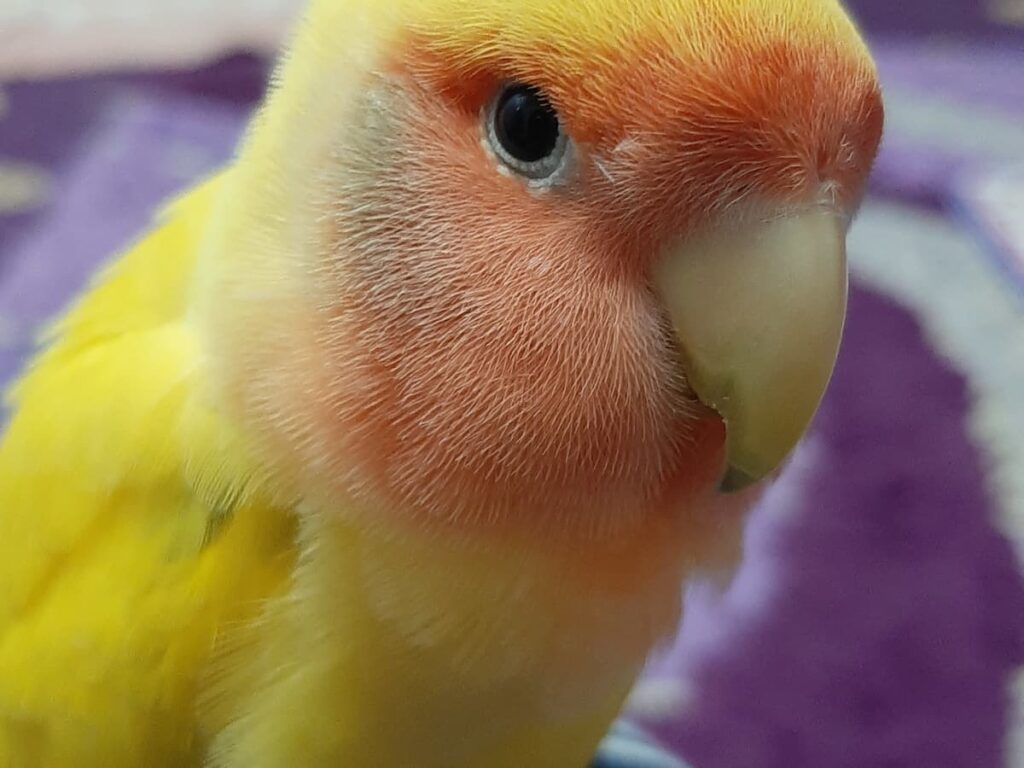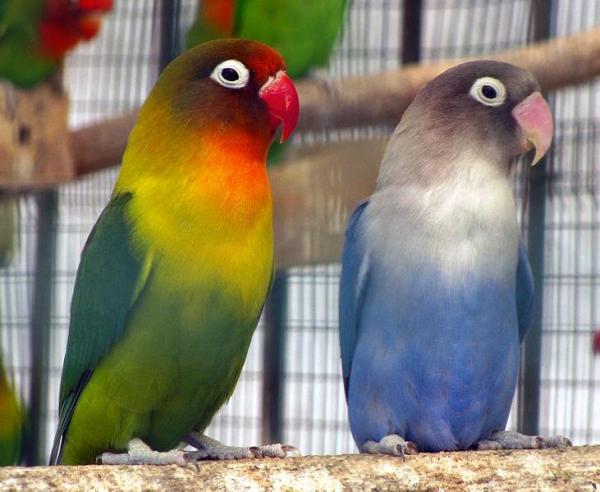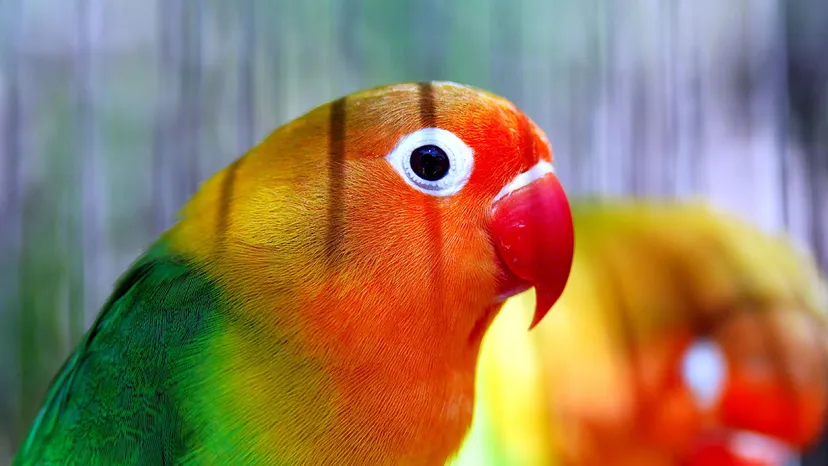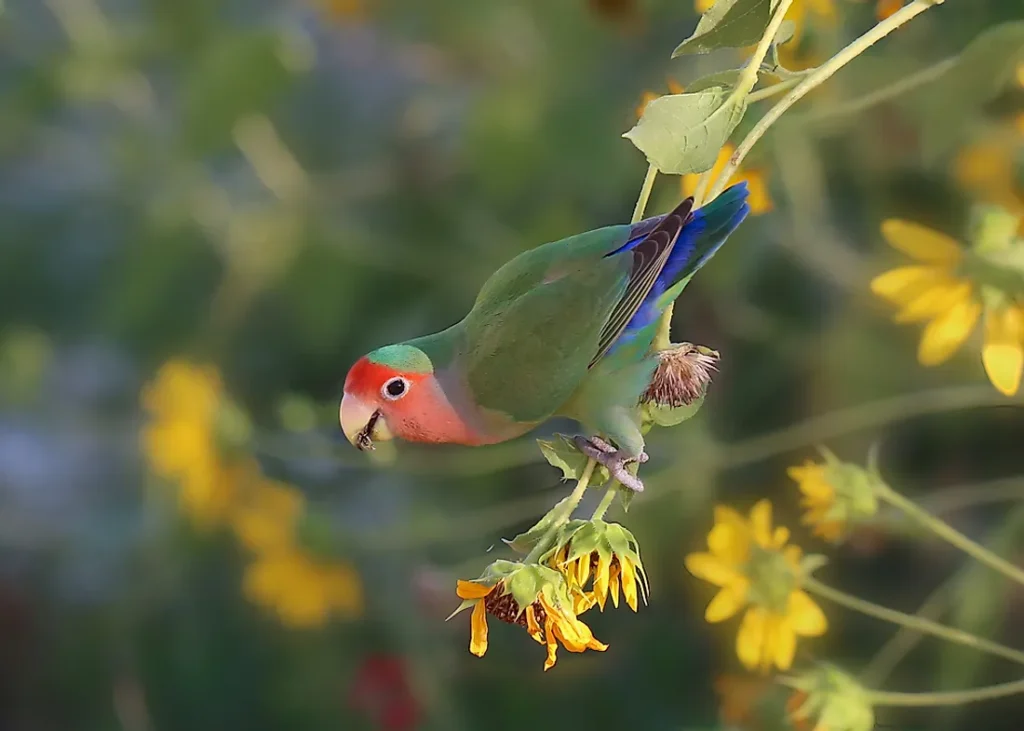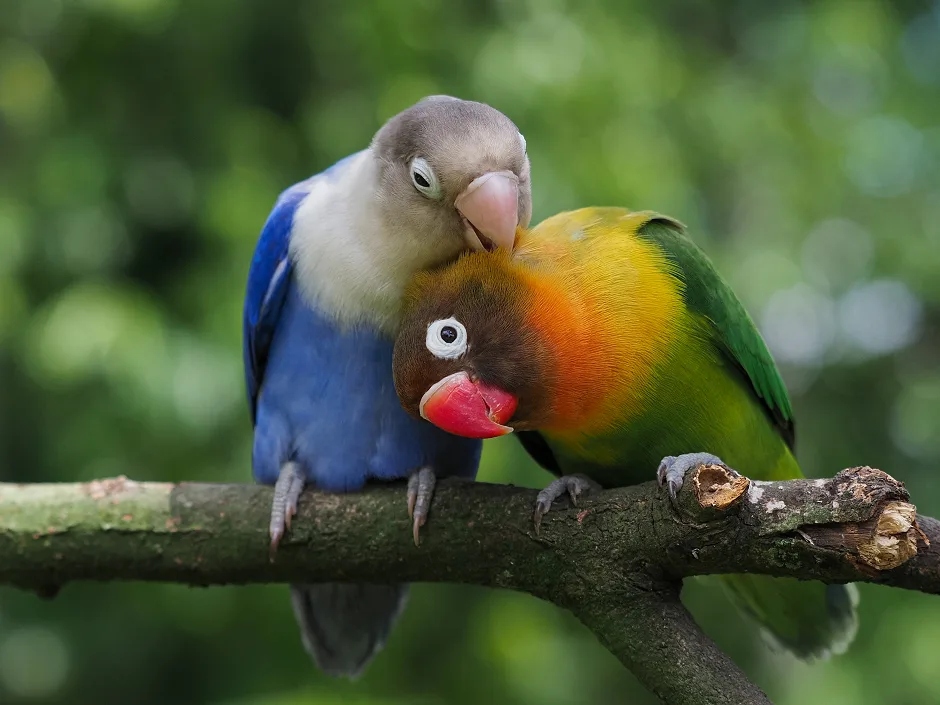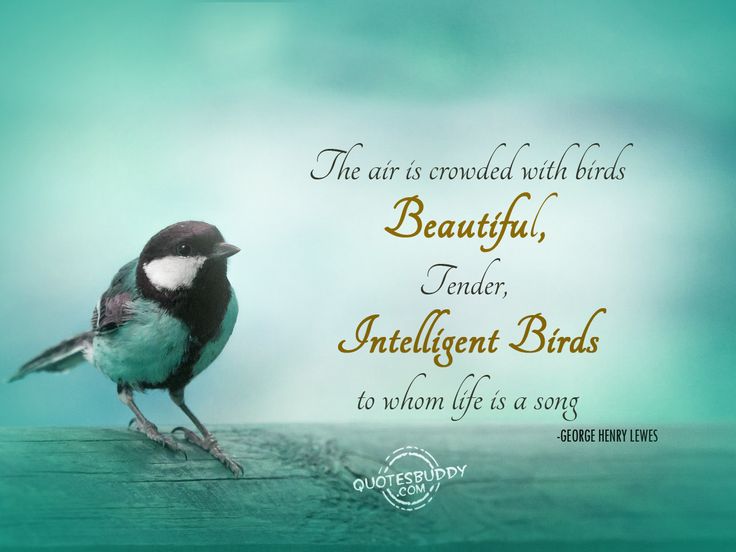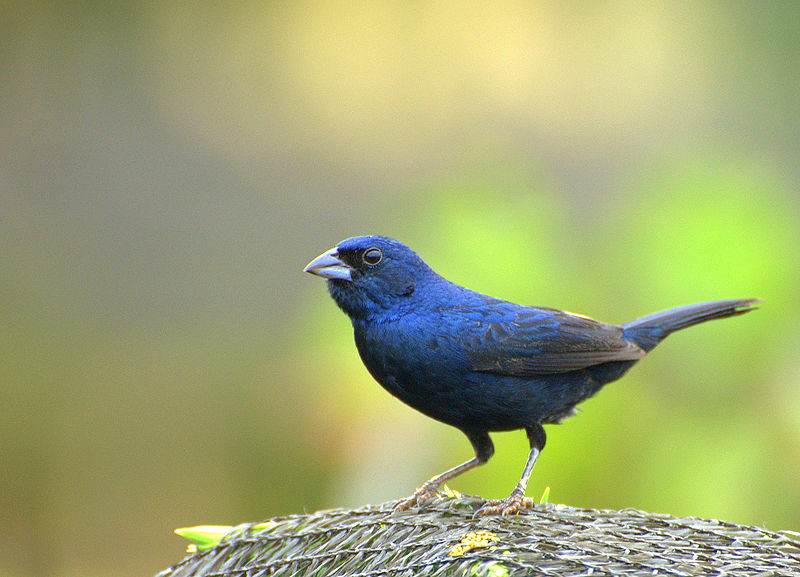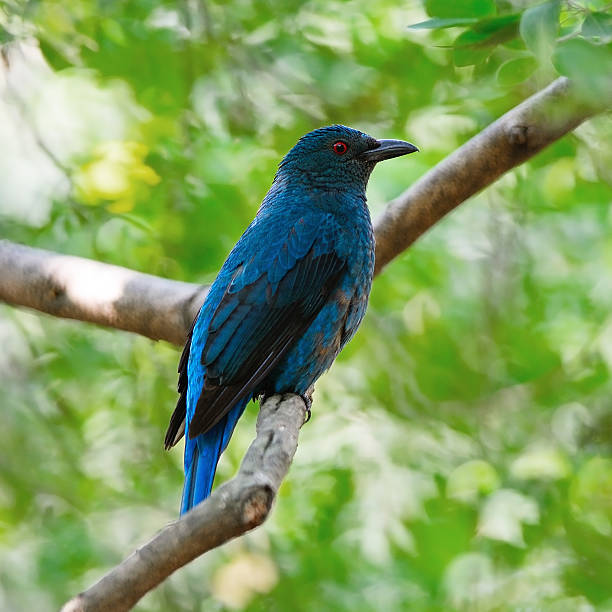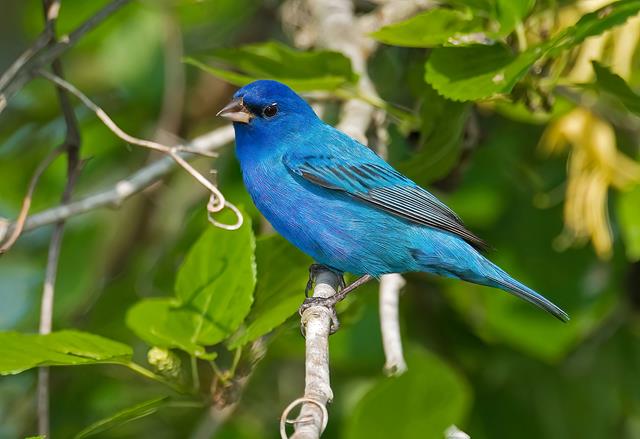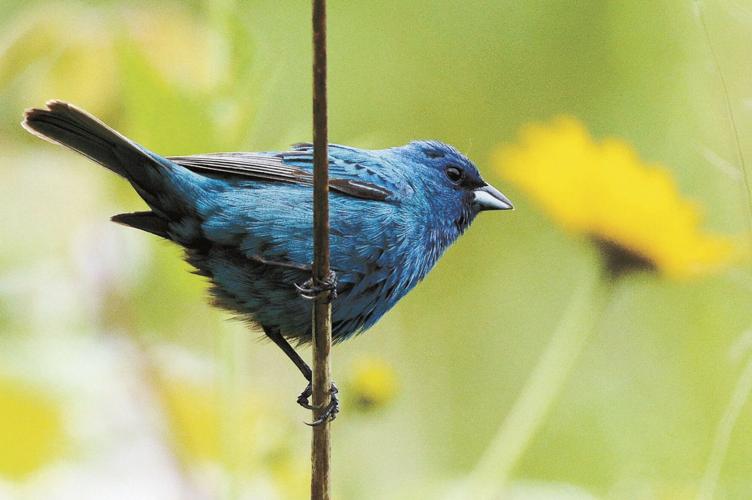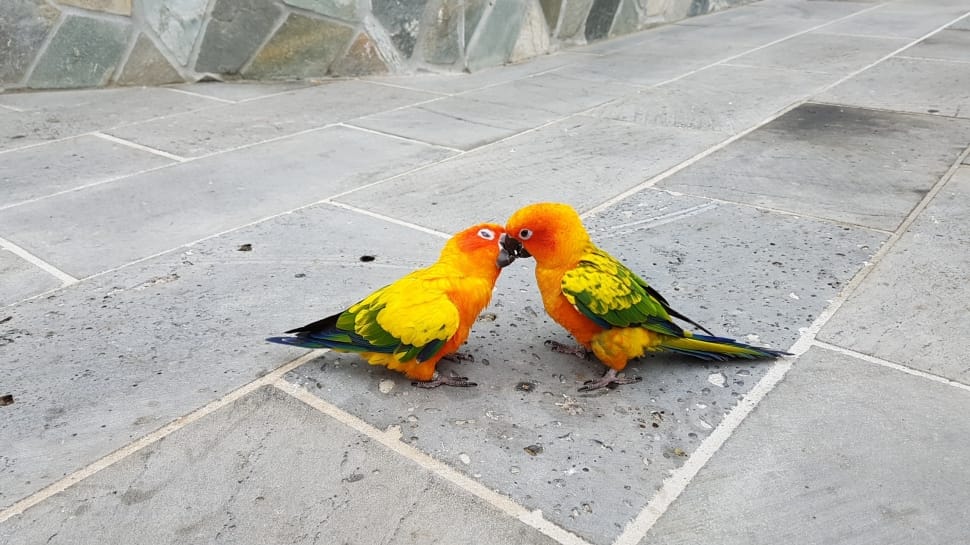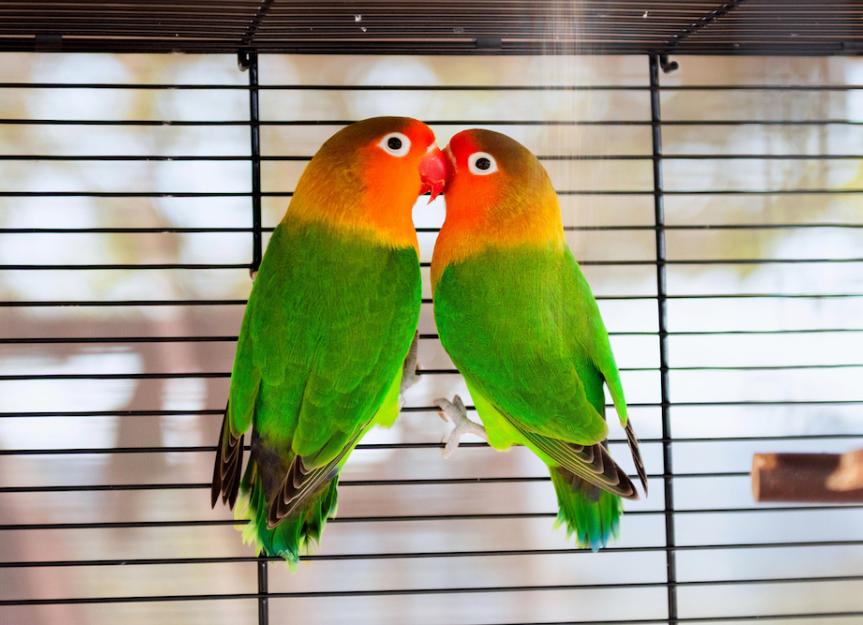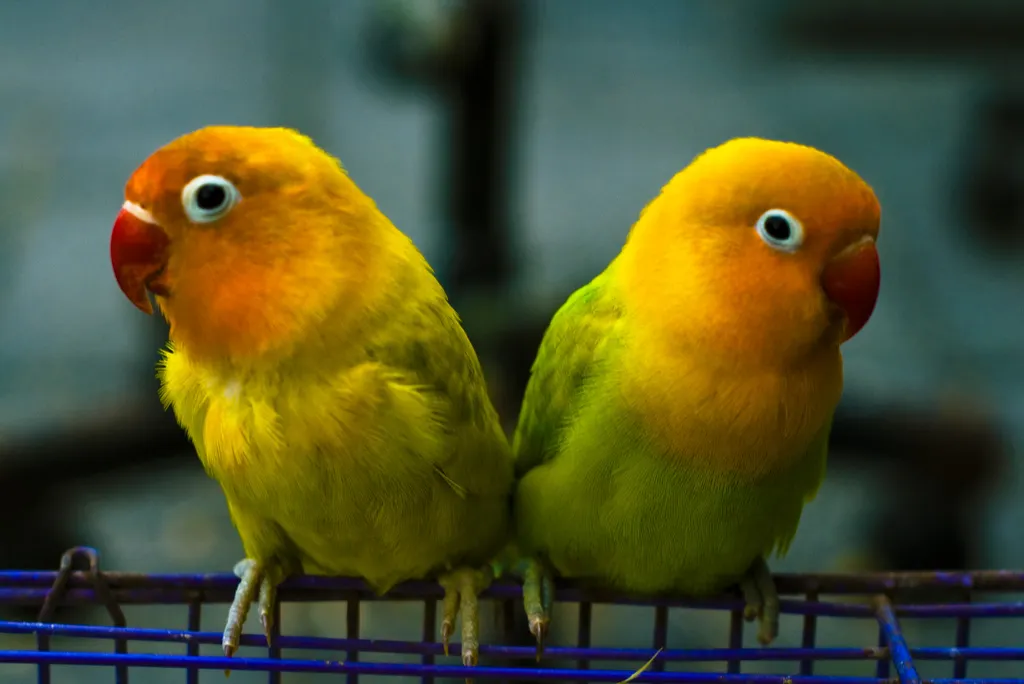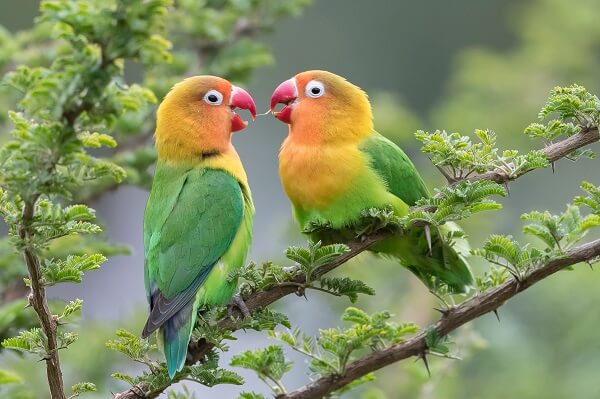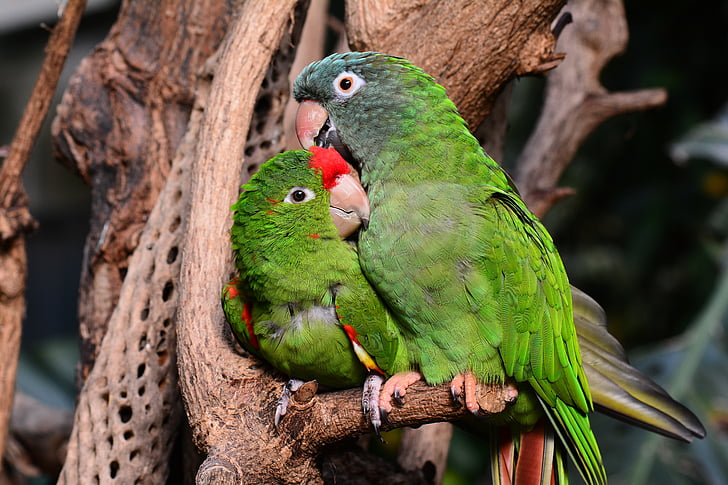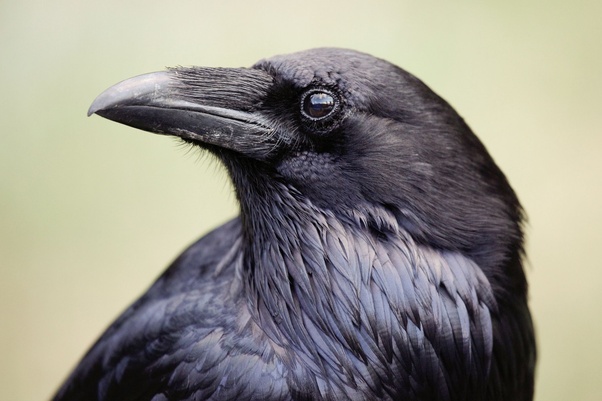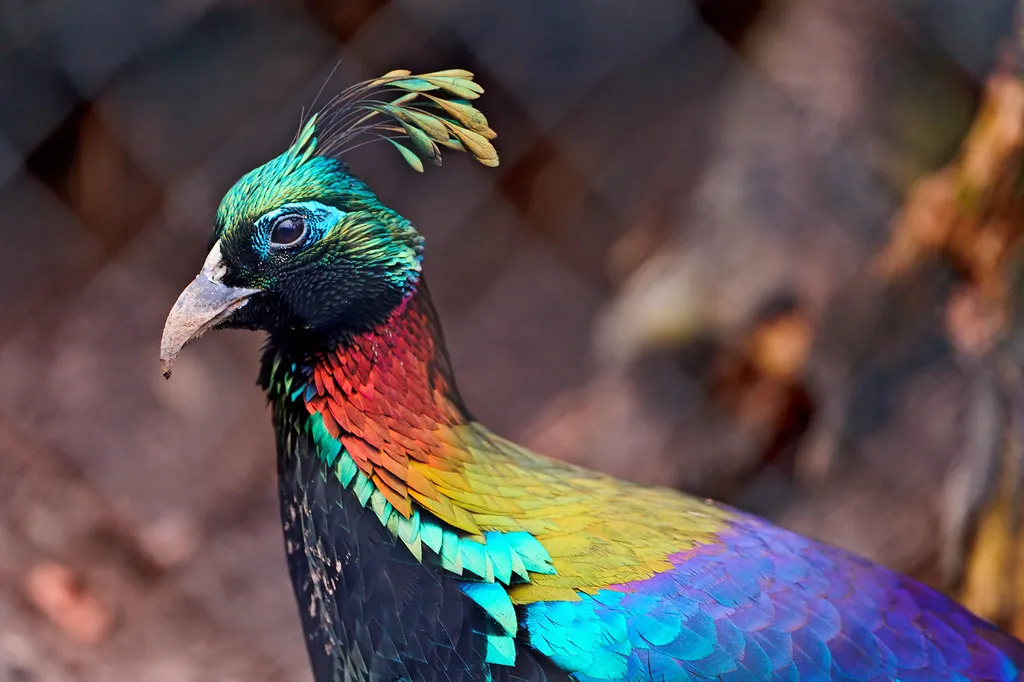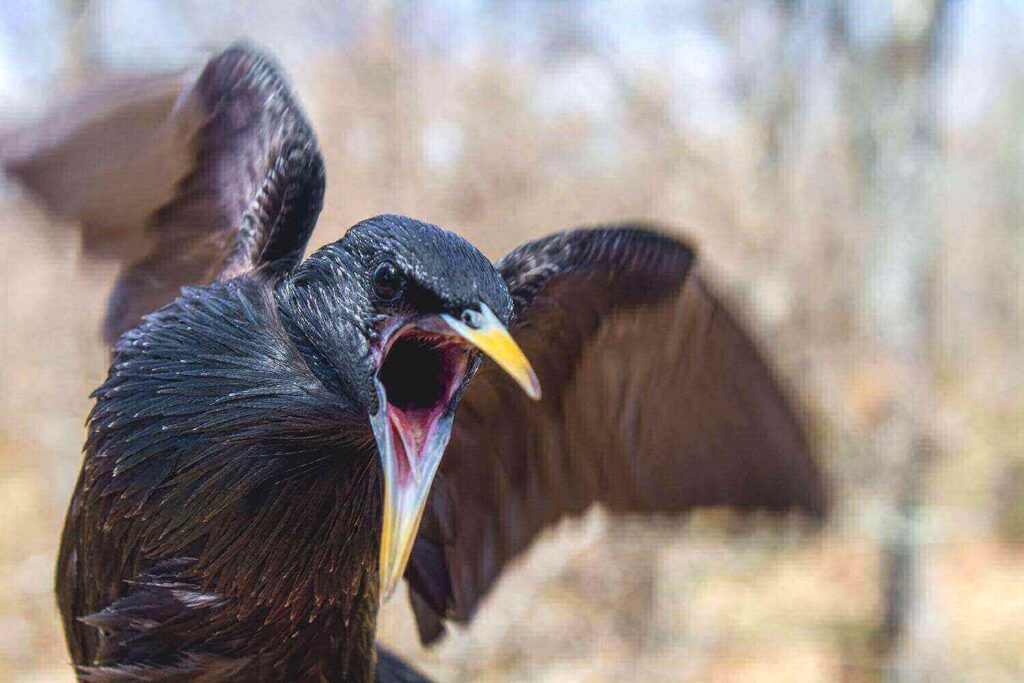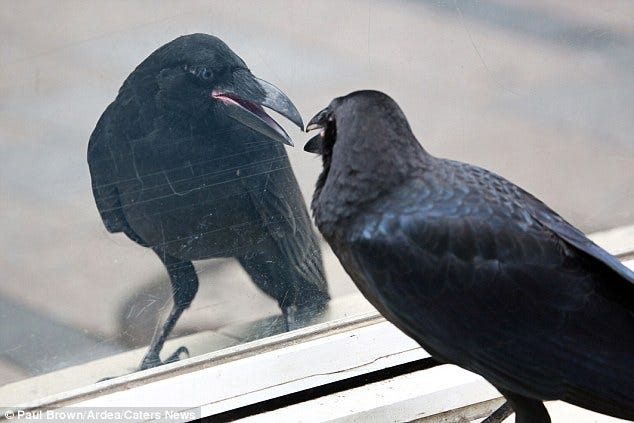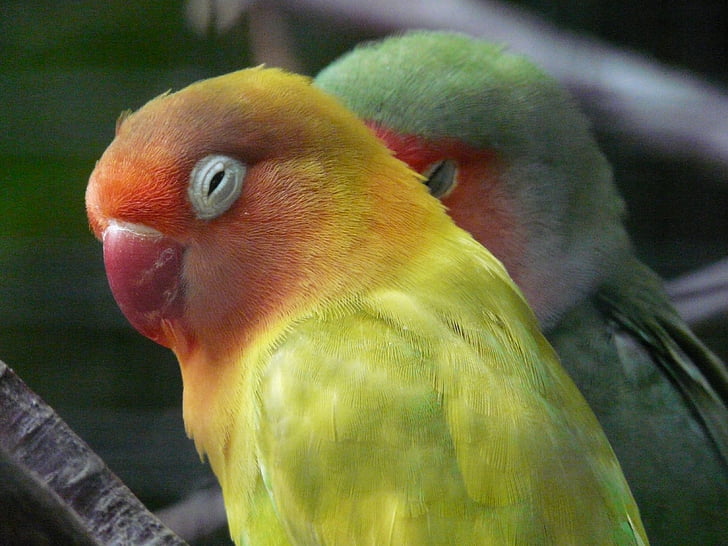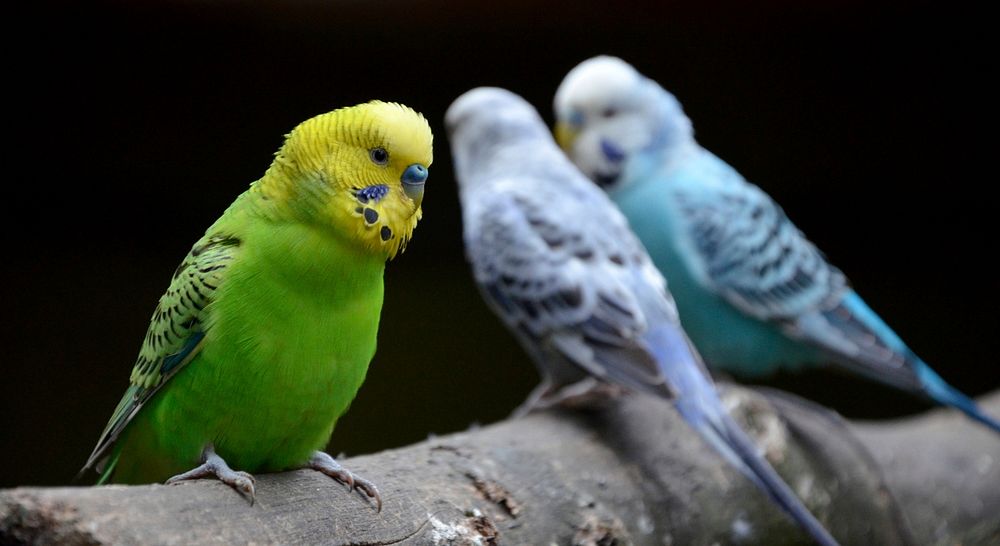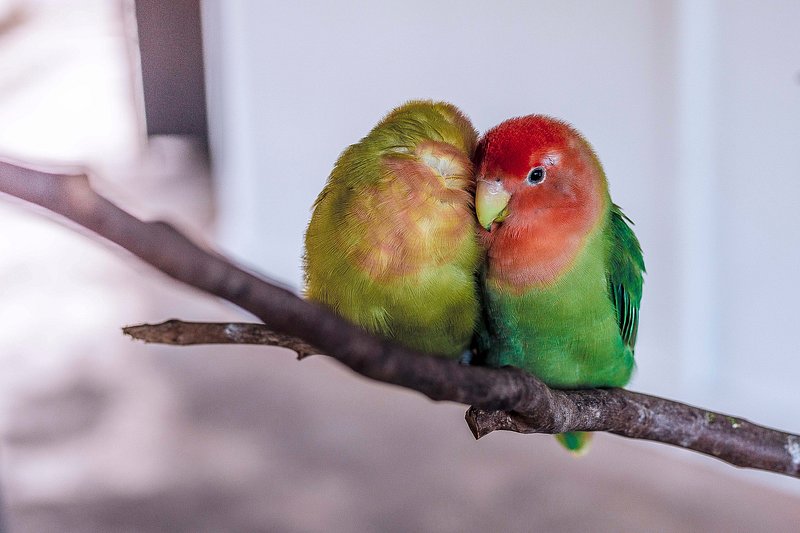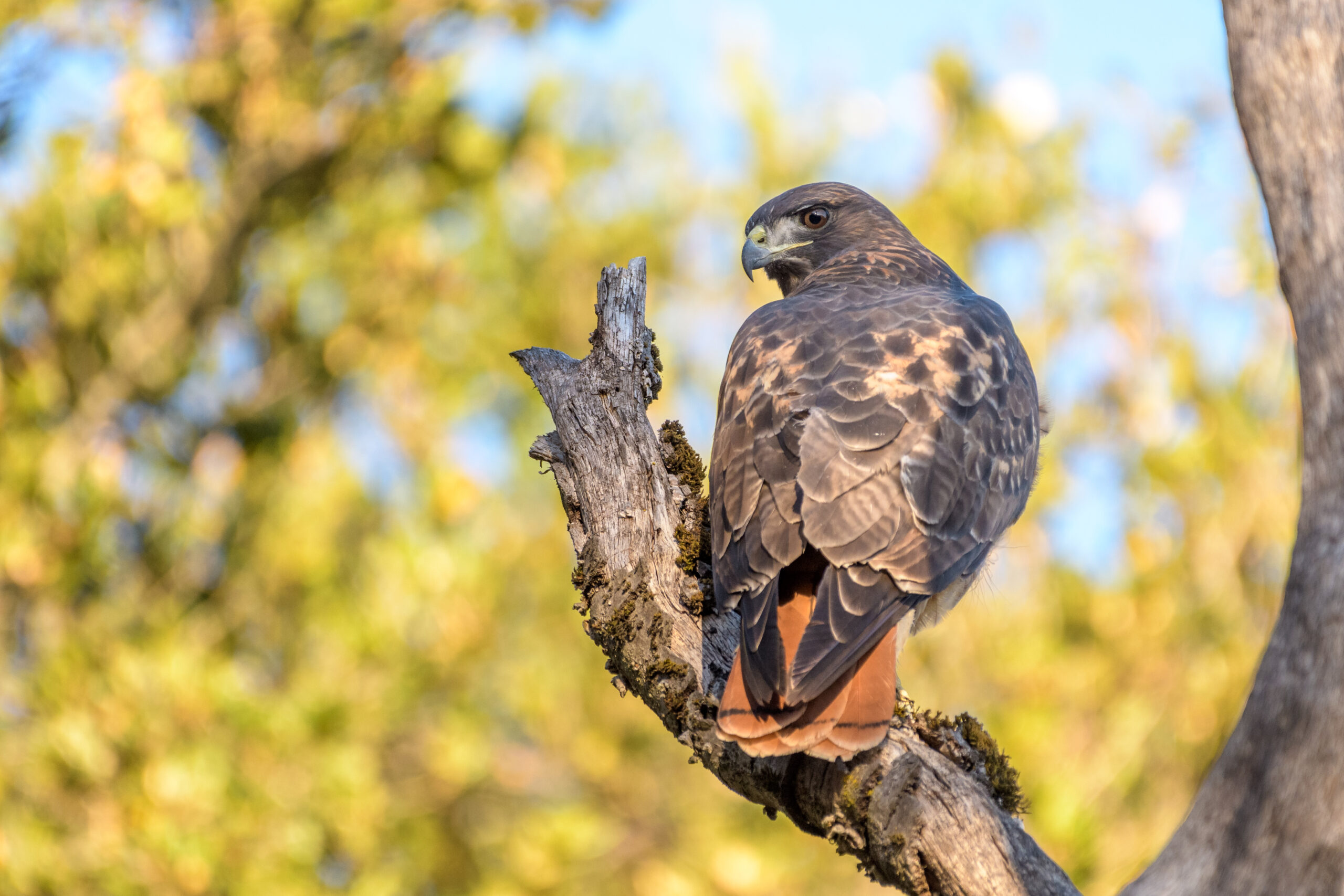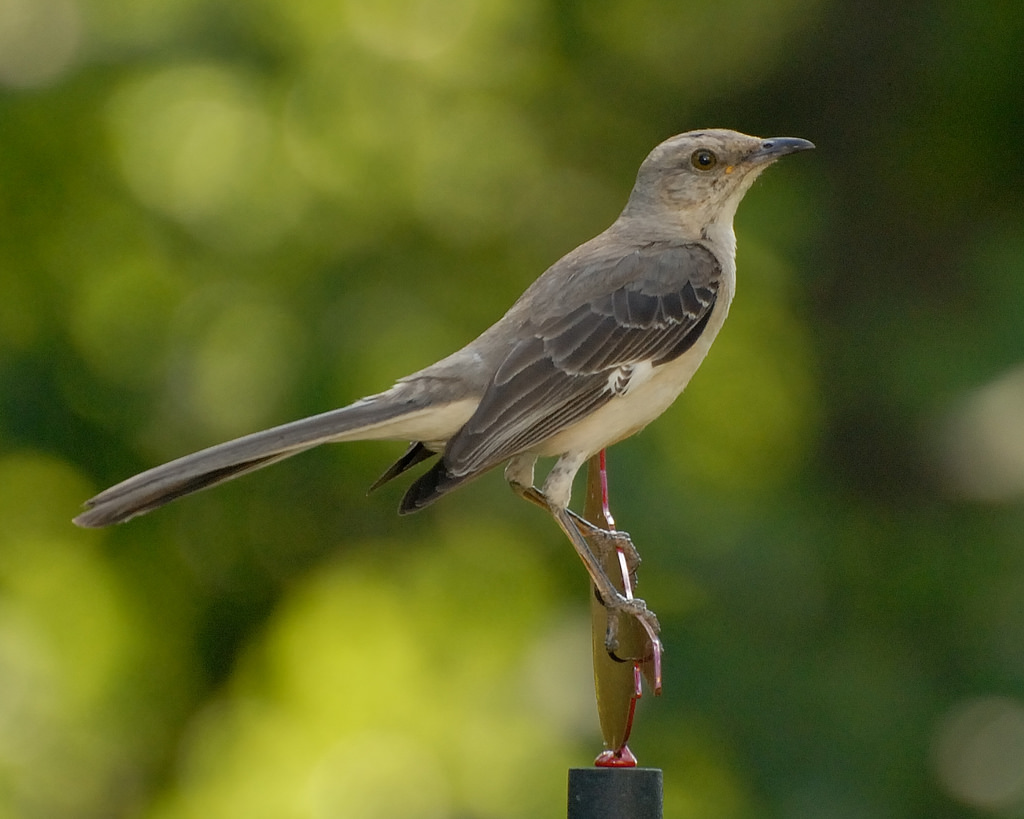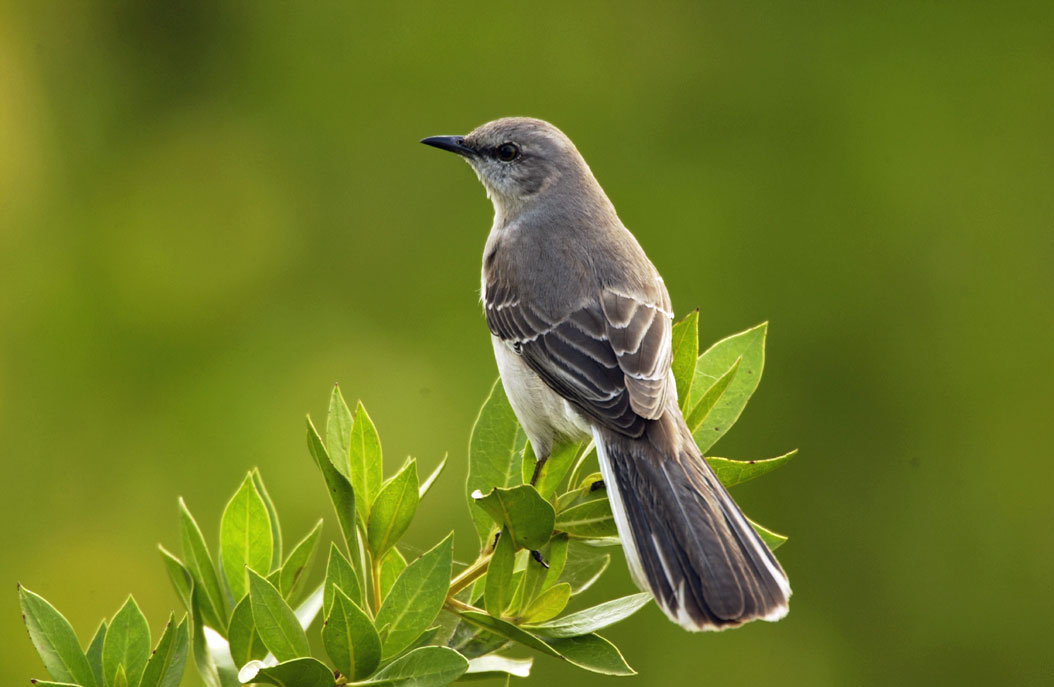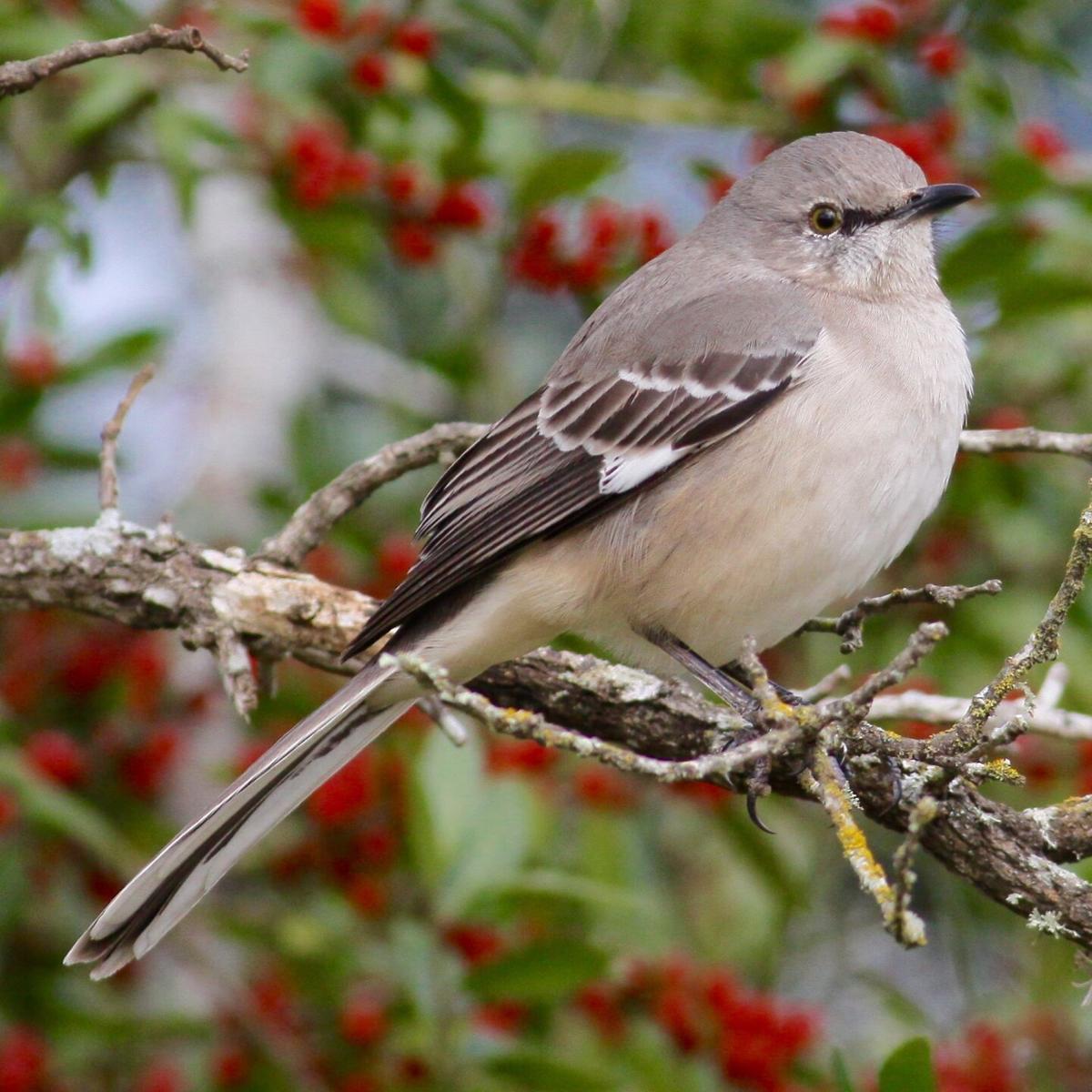Discover effective techniques on ‘How to Tame Your Lovebird Pair.’ Our expert guide shares invaluable tips for building trust and fostering.
Understanding Lovebird Behavior
Lovebirds, cherished for their vibrant plumage and playful demeanor, possess intricate behavioral patterns that form the foundation of a fulfilling companionship. In this chapter, we delve into a brief overview of lovebirds’ natural behavior and emphasize the pivotal role of taming in nurturing a harmonious relationship.
Lovebird Essence
Lovebirds, scientifically classified as Agapornis, are social and intelligent birds native to Africa. Their name stems from their strong monogamous bonds, as they often form deep connections with a chosen mate. Lovebirds exhibit lively and curious behaviors, making them delightful companions for bird enthusiasts.
The Significance of Taming
Taming lovebirds transcends the mere establishment of authority; it’s a key factor in creating a relationship built on trust and mutual understanding. As social creatures, lovebirds thrive in an environment where they feel secure and valued. Taming serves as the bridge to unlock the affectionate and interactive nature of these charming birds.
The Bonding Imperative
Understanding lovebirds’ behavior is fundamental to fostering a bond that goes beyond mere cohabitation. Taming, when approached with knowledge and sensitivity, opens the door to a world where lovebirds view their human companions as trusted allies rather than potential threats.
In the upcoming chapters, we will explore why taming is crucial for the well-being of lovebirds and address the common challenges that arise when taming lovebird pairs. The journey towards a strong and fulfilling connection with your lovebirds begins with a nuanced understanding of their behavior and an appreciation for the unique dynamics they bring to the avian-human relationship.
The Taming Process
Embarking on the journey of taming lovebirds requires a strategic and empathetic approach, aligning with the 5W1H writing framework to unravel the intricacies of this delicate process.
Creating a Trustworthy Environment
Lovebirds thrive in environments where they feel secure and protected. Establishing a trustworthy space involves more than just providing a cage; it’s about crafting an avian haven. Consider the following:
- Secure Enclosure: Ensure the cage is sturdy, with no escape routes, providing a sense of security.
- Comfortable Perches: Incorporate varied perches for mental stimulation and physical exercise.
- Strategic Placement: Position the cage in a quiet but socially integrated area, allowing lovebirds to observe their surroundings.
Taking Things Slow
The significance of gradual interactions cannot be overstated. Rushing the taming process may lead to stress and apprehension. To ensure a positive and progressive experience:
- Observation Period: Spend the initial days quietly observing the lovebirds without direct interaction.
- Gradual Presence: Slowly integrate your presence, engaging in activities like reading or working nearby.
- Respecting Boundaries: If lovebirds display signs of discomfort, retract and give them space.
Communication with Lovebirds
Effective communication is the cornerstone of a strong human-lovebird bond. Employing both verbal and non-verbal cues helps bridge the communication gap:
- Soft Spoken Interaction: Speak in gentle, calming tones to create a soothing atmosphere.
- Non-intrusive Gestures: Use slow, deliberate movements to convey a non-threatening demeanor.
- Consistent Dialogues: Engage in regular conversations to familiarize lovebirds with your voice.
Positive Reinforcement Techniques
Motivating lovebirds through positive reinforcement is a powerful tool in the taming arsenal. Employ the following techniques for encouraging desirable behaviors:
- Treat Rewards: Offer favorite treats as a reward for desired actions, fostering positive associations.
- Interactive Toys: Introduce toys that stimulate mental engagement, promoting a joyful environment.
- Consistent Affirmations: Verbal praises and affirmations strengthen the bond during positive interactions.
Understanding Warning Signs
Navigating the taming process requires a keen awareness of lovebirds’ warning signs. Recognizing and responding to cues is vital:
- Body Language Interpretation: Learn to decipher lovebirds’ body language to understand their comfort levels.
- Vocal Cues: Differentiate between content chirps and warning squawks, adjusting your approach accordingly.
- Adjusting Techniques: If warning signs emerge, modify your interactions to ease tension.
Mastering the art of taming lovebirds involves a delicate blend of patience, observation, and proactive engagement. As we delve deeper into subsequent chapters, we’ll explore expert insights, community experiences, and valuable video tutorials to enrich your journey in nurturing a strong connection with your lovebird pair.
Expert Insights and Community Advice
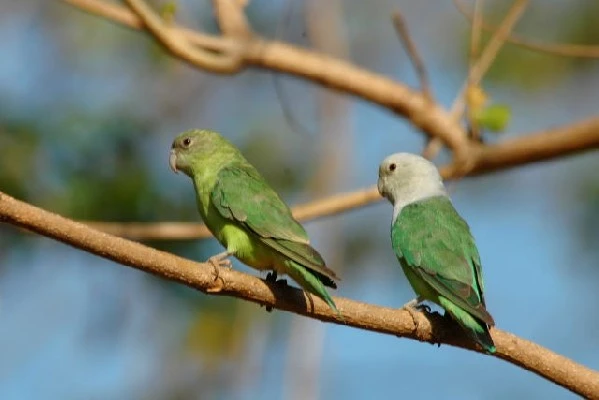
Navigating the intricacies of taming lovebird pairs demands more than just a theoretical understanding. In this chapter, we delve into the valuable insights provided by avian experts and the collective wisdom gleaned from the lovebird-owning community.
Insights from Avian Experts
Avian forums serve as digital hubs where avian experts share their wealth of knowledge on taming lovebird pairs. These insights offer a nuanced understanding of the challenges and effective strategies. Key excerpts include:
- Behavioral Psychology: Experts emphasize the importance of understanding lovebird behavior from a psychological standpoint.
- Tailoring Approaches: Different lovebird pairs may respond uniquely; thus, experts stress the need for tailored approaches.
- Consistency Matters: Avian professionals highlight the significance of consistency in interactions to build trust over time.
Community Experiences
Real-life experiences from lovebird owners form an invaluable source of wisdom. The community shares anecdotes, challenges, and triumphs in their endeavors to tame lovebird pairs. This section includes:
- Success Stories: Narratives of successful taming experiences, shedding light on what worked well for different pairs.
- Challenges Faced: Honest accounts of challenges encountered during the taming process, providing insights into potential pitfalls.
- Tips from Peers: Practical tips and tricks shared among community members for a more effective taming journey.
Exploring these expert insights and community experiences offers a dynamic perspective, combining theoretical knowledge with hands-on wisdom. As we progress further in this guide, video tutorials and specific considerations for lovebird pairs will complement these insights, providing a comprehensive toolkit for lovebird owners seeking to establish a strong connection with their feathered companions.
Video Tutorials and Practical Demonstrations
In the realm of taming lovebird pairs, visual guidance becomes an invaluable asset. This chapter delves into the world of video tutorials and practical demonstrations, offering a dynamic approach to mastering the art of lovebird taming.
Hand Taming Techniques
Unlock the secrets of successful hand-taming through in-depth video tutorials. Accomplished bird trainers share their expertise, breaking down the process into actionable steps:
- Progressive Training Methods: Witness the progression from initial interactions to achieving a hands-on connection.
- Body Language Interpretation: Learn to interpret lovebird body language for a more nuanced understanding of their comfort levels.
- Patience and Consistency: Understand the role of patience and consistent positive reinforcement in the hand-taming journey.
Behavioral Analysis in Video Content
In this section, we analyze video demonstrations, dissecting lovebird behavior for actionable insights:
- Identifying Positive Cues: Explore demonstrations showcasing lovebirds responding positively to specific interactions.
- Correcting Unwanted Behavior: Understand how trainers address and correct undesirable behaviors during the taming process.
- Non-Intrusive Approaches: Learn techniques that prioritize non-intrusive methods, ensuring the lovebirds’ comfort.
These video resources not only serve as visual aids but also provide a real-world perspective on the challenges and successes encountered by seasoned lovebird owners. As we progress through this guide, the subsequent chapters will delve into specific considerations for lovebird pairs and address common queries in the FAQs section, offering a well-rounded approach to mastering the intricacies of lovebird taming.
Specific Considerations for Lovebird Pairs
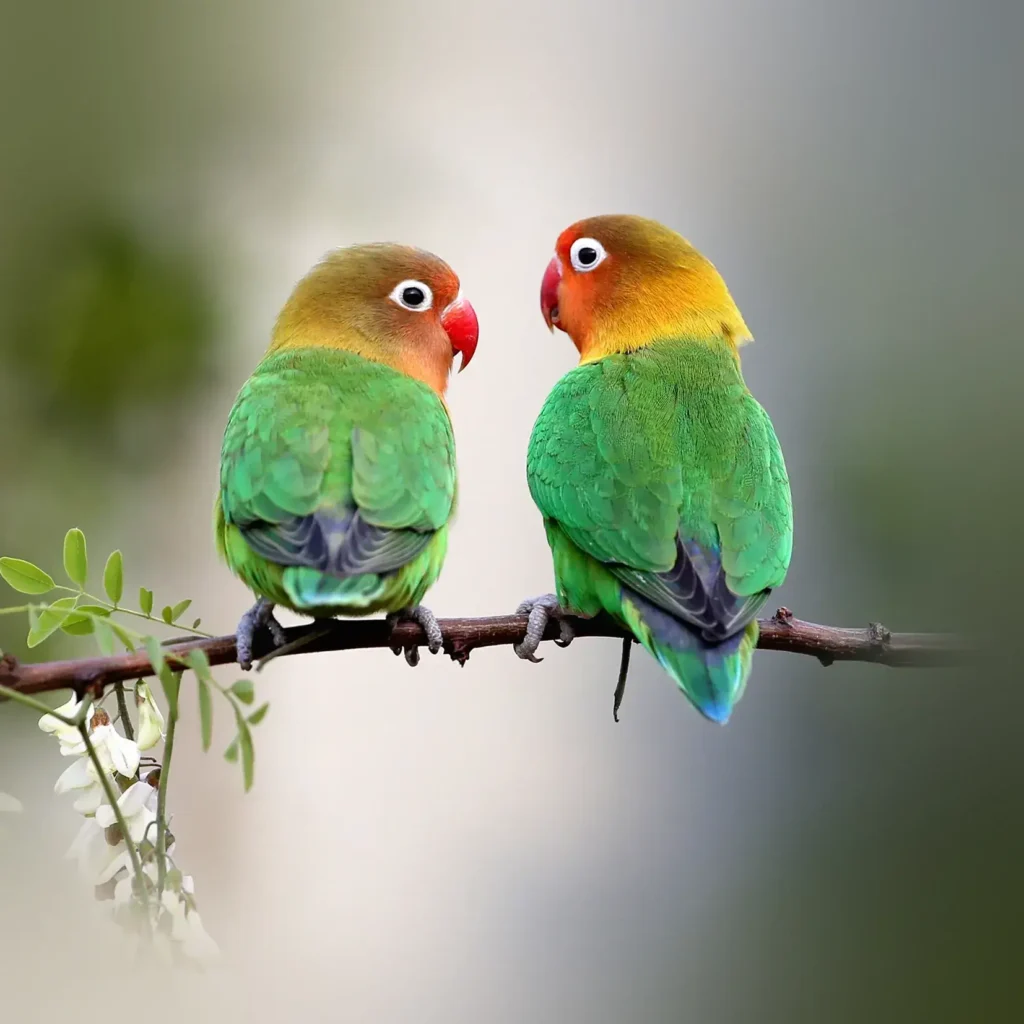
When delving into the intricacies of taming lovebird pairs, understanding the unique dynamics between these feathered companions is paramount. This chapter navigates the specific considerations essential for successfully taming lovebird pairs, offering tailored strategies to foster harmonious relationships.
Pair Dynamics in Taming
Lovebirds, known for their strong pair bonds, present distinct challenges and advantages in the taming process. Explore the nuances of taming two birds simultaneously:
- Communication Balance: Understanding the communication dynamics between paired lovebirds and how it influences the taming progress.
- Simultaneous Taming Techniques: Tailoring taming techniques to address both birds concurrently while acknowledging their individual personalities.
- Challenges of Pair Bonding: Navigating challenges that may arise when lovebirds are deeply bonded, requires a delicate approach to gaining their trust.
One of the debates among lovebird enthusiasts revolves around housing pairs together or separately. This section dissects the considerations for both approaches:
Separate or Together?
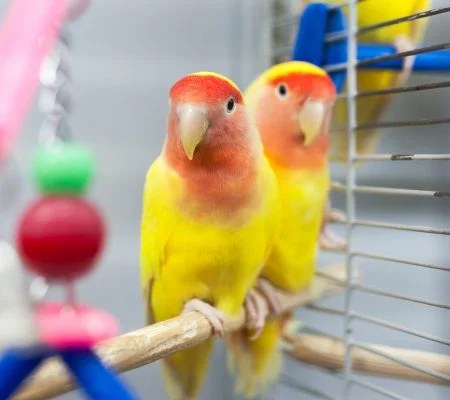
- Benefits of Cohabitation: Exploring the positive aspects of keeping lovebird pairs together and how it can strengthen their bond.
- Individualized Attention: Delving into the advantages of housing lovebirds separately, allowing for more focused attention during the taming process.
- Practical Guidelines: Providing practical considerations to help owners decide whether cohabitation or separate housing aligns with the unique needs of their lovebird pairs.
As we unravel the specific considerations for lovebird pairs, the subsequent FAQ section will address common queries, ensuring a comprehensive guide for lovebird enthusiasts seeking a meaningful connection with their avian companions.
How to Tame Your Lovebird Pair? (FAQs)
Navigating the nuances of taming lovebird pairs often brings about a myriad of questions. This chapter is a comprehensive guide to address the frequently asked questions, providing clarity on common concerns and uncertainties related to nurturing a strong bond with paired lovebirds.
Can you tame two lovebirds in the same cage?
Addressing the popular query regarding the feasibility of taming two lovebirds together, this section combines expert opinions with practical insights to guide owners in creating an environment conducive to dual-taming efforts.
- Social Dynamics: Understanding the social nature of lovebirds and how cohabitation can influence their response to taming efforts.
- Strategies for Taming Together: Providing actionable tips on taming techniques that can be effectively applied when dealing with a pair in the same cage.
How to bond with lovebirds effectively?
Building a strong and enduring bond with lovebirds is a cornerstone of successful taming. Explore strategies and practices that enhance the bond between owners and their avian companions.
- Quality Time Investment: Emphasizing the significance of spending quality time with lovebirds to nurture a deeper connection.
- Interactive Activities: Suggest engaging activities that promote interaction and reinforce the bond between owners and their feathered friends.
What to do if lovebirds show signs of fear?
Understanding and addressing fear is pivotal in the taming process. This section provides practical tips for handling frightened lovebirds and fostering an environment of trust.
- Observation and Patience: Advocating for a patient and observant approach to identify the root causes of fear in lovebirds.
- Gradual Desensitization Techniques: Introducing techniques that gradually acclimate lovebirds to their surroundings, reducing fear responses over time.
As we delve into these frequently asked questions, owners gain valuable insights into the intricacies of taming lovebird pairs, paving the way for a fulfilling and mutually rewarding companionship.
Conclusion
As we draw the curtain on this comprehensive guide to taming lovebird pairs, it’s paramount to reflect on the journey undertaken and the invaluable insights gained. This concluding chapter encapsulates the essence of fostering a meaningful relationship with your feathered companions.
Summary of Taming Techniques
Summarizing the key techniques explored throughout this guide, we revisit the fundamental aspects that contribute to successfully taming lovebird pairs. From creating a trustworthy environment to understanding pair dynamics, each technique plays a crucial role in establishing a foundation of trust and companionship.
- Trust-Building: Reiterating the significance of trust-building activities and their positive impact on the overall taming process.
- Effective Communication: Highlighting the role of verbal and non-verbal communication in nurturing a strong bond with lovebirds.
Continuous Learning and Adaptation
Taming lovebirds is an ongoing process, and the learning curve is perpetual. Embracing a mindset of continuous learning ensures that owners stay attuned to the evolving needs and behaviors of their avian companions.
- Staying Informed: Encouraging owners to stay informed about new insights, techniques, and advancements in avian care that may enhance the gaming experience.
- Adapting Strategies: Recognizing the importance of flexibility in adapting taming strategies based on the individual personalities and responses of lovebird pairs.
Building a Lifelong Bond
The journey of taming lovebird pairs extends beyond the initial stages. This section emphasizes the enduring nature of the bond that can be cultivated over a lifetime.
- Nurturing Connection: Encouraging owners to foster and nurture a lifelong connection with their lovebird pairs, creating a relationship that stands the test of time.
- Shared Experiences: Reflecting on the joyous moments and shared experiences that contribute to a rich and fulfilling companionship.
In conclusion, the art of taming lovebird pairs is a rewarding endeavor that requires patience, understanding, and a genuine commitment to building a lifelong bond. As you embark on this journey, may your connection with your lovebird pair flourish and bring immeasurable joy to both parties involved.
